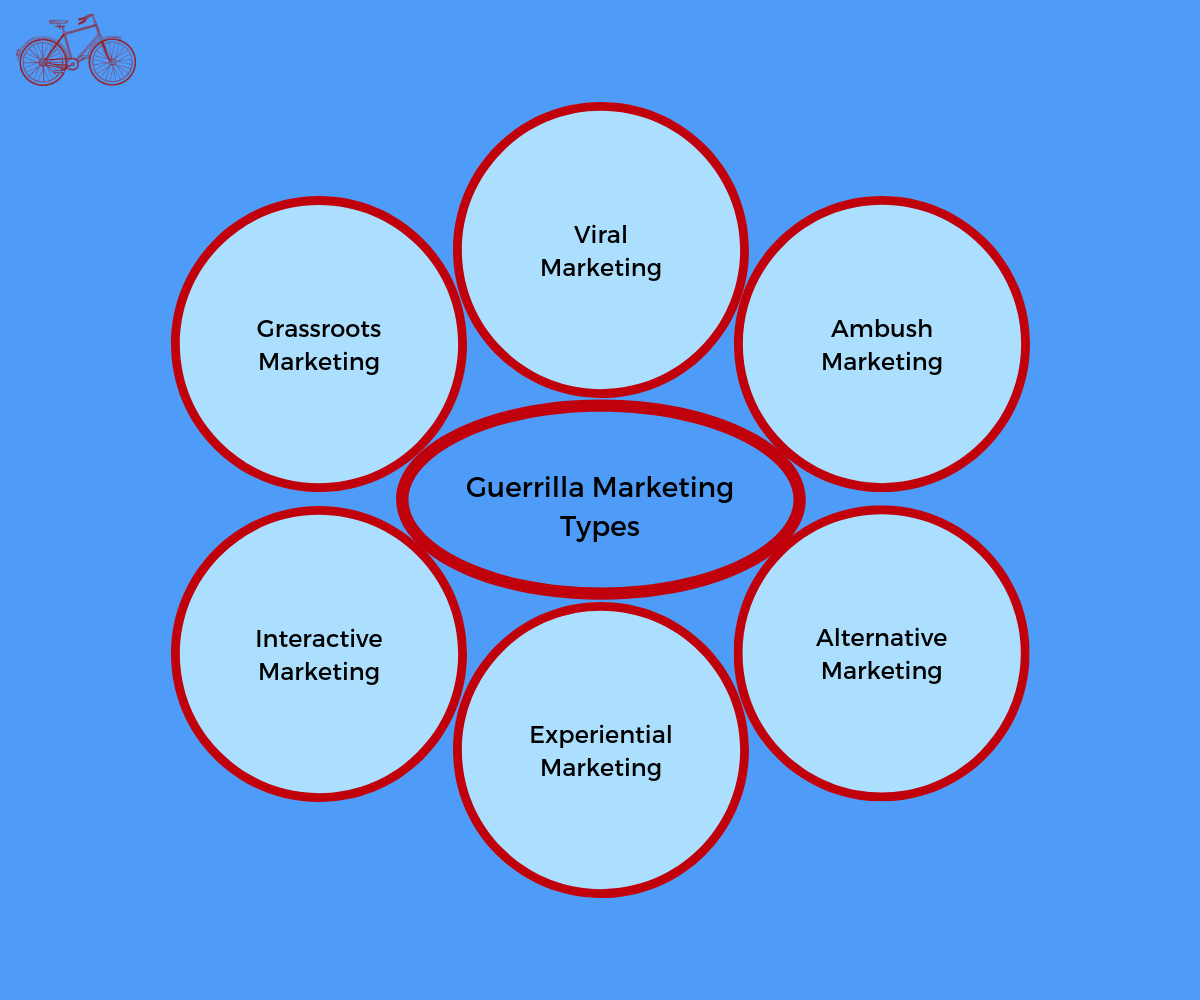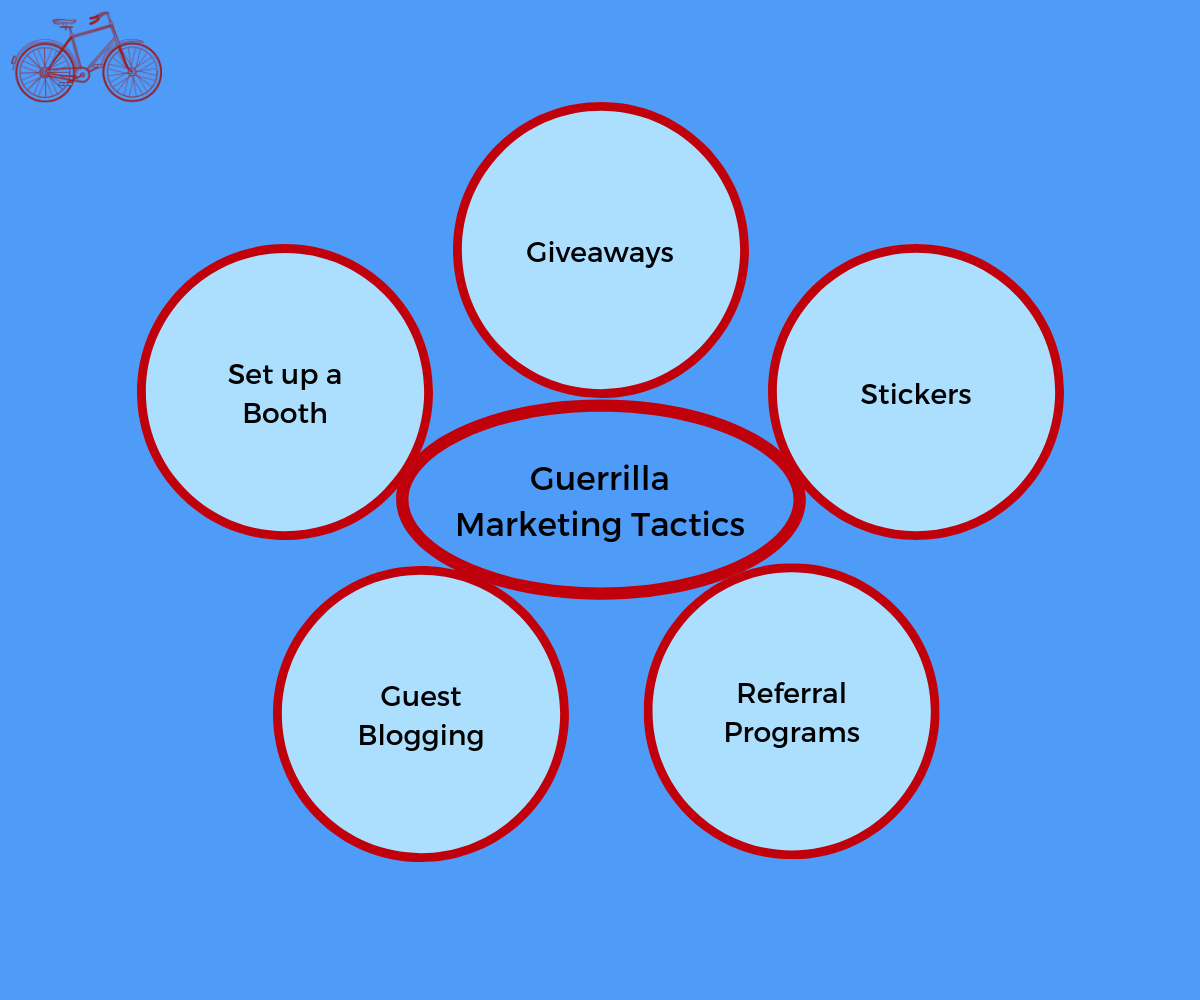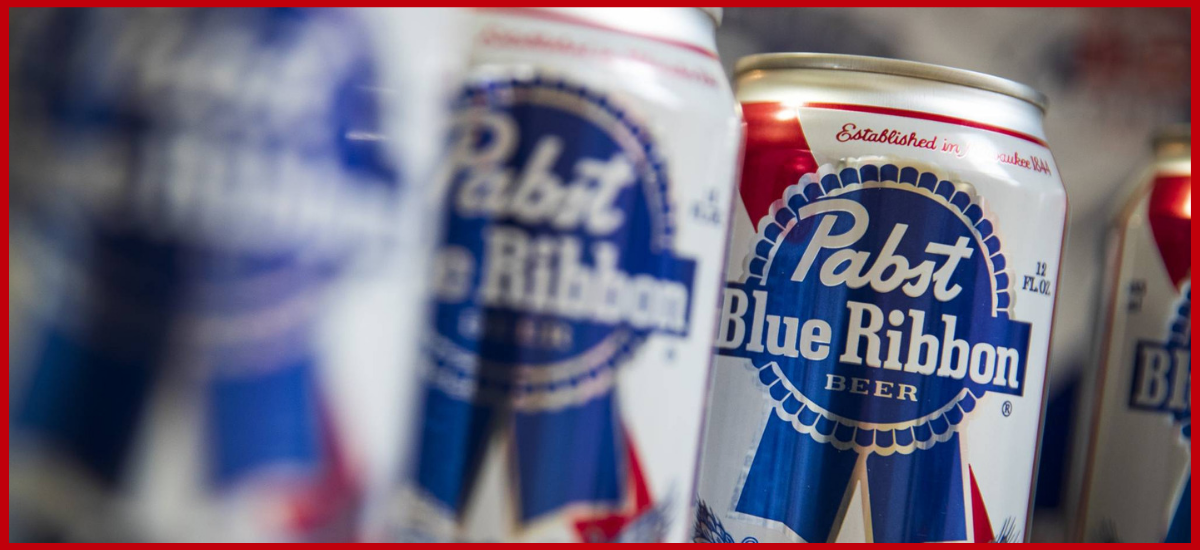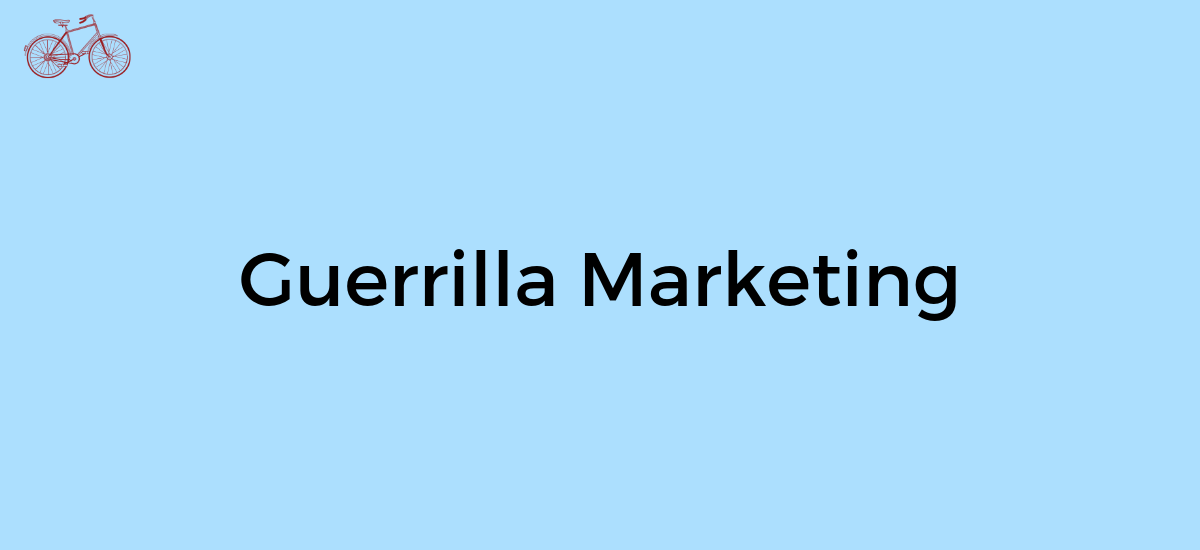Small campaigns. Small budgets. Big results. Guerrilla marketing. That is what we want to see with our marketing.
Explosive results with as little effort as possible. Ultimately, this takes a lot of creativity and a lot of work.
But, what is the strategy that leads to this?
Guerrilla marketing. It is the strategy we can use to be more effective in our marketing. Creating low budget marketing campaigns that pack huge results and transform our business.
Here, we are going to go through an overview of the concept of guerrilla marketing.
What is Guerrilla Marketing?
Guerrilla marketing is a marketing strategy that uses unconventional, lesser known tactics to generate high results with little budget. The fundamental principle to guerrilla marketing is that there is little to no budget. Then, the marketer needs to take that and generate campaigns that return explosive results.
The result ends up looking like marketing campaigns that take the target audience by surprise. Then, they spread the message for you because it resonates so closely. The campaign also tends to be memorable.
Guerrilla marketing has been the foundation for the more modern concept, which is discussed in tech circles, of growth hacking. Both are similar in that they aim to be creative in your marketing strategy. Usually the reason to be creative is there is little to no budget. Thus, to compete one needs campaigns that generate significant results on little budget.
Guerrilla marketing is an important marketing strategy for companies and marketers who do not have a large budget. Thus, it is commonly executed by small companies, startups, or product launches.
Origins of Guerrilla Marketing
Guerrilla marketing takes its name from the warfare strategy. The idea is that small teams of combatants carry out small attacks against their enemy. This allows smaller armies to fight against larger ones. This concept is the foundation for guerrilla marketing.
Taking the idea of guerrilla warfare and applying it to marketing is what Jay Conrad Levinson did in 1986 when he introduced the concept Guerrilla Advertising. Which, in the early versions of the concept, it was applied almost exclusively to advertising tactics. It was later applied as a complete marketing concept.
The idea was to take small campaigns and gain mass traction. Typically, these campaigns are low budget. Then, use a high degree of creativity. Operating like small groups of combatants against a much larger enemy.
Starting with advertising, then moving to a complete marketing strategy, is how we get guerrilla marketing.
Types of Guerrilla Marketing
Guerrilla marketing isn’t just one thing. There are many forms it can take. Lots of overarching strategies to choose from. All with varying degrees of effectiveness. All used in different scenarios, for different purposes, and different products.
These are the types of guerrilla marketing we have at our disposal. There are many, and we will touch upon a few of the main types here.

Grassroots Marketing
Great things begin at the grassroots level. Grassroots marketing is starting from the ground up. It is about choosing a small, niche audience for your products. Then, generating significant buy-in from that group. That group helps you spread the message to other groups.
In a grassroots marketing campaign, the target group is typically one that carries influence. A group that can spread the message. Ultimately, it is all about starting small, from the ground up, then building traction.
Viral Marketing
Viral marketing is a form of guerrilla marketing that uses the users on a social network to spread a message. The goal is to create a message and have that message spread organically. Organic meaning users share the message without any incentive or compensation.
The sharing and spreading of the message is aimed at creating exponential growth.
Ambush Marketing
Ambush marketing is about creating an association with an event that is occurring. But, the company trying to create the association is not paying to be associated with that event. So, the marketer is hoping to gain some of the traffic and attention that an event is generating.
Ultimately, ambush marketing is working to get on the wave of attention an event generates without having to pay for being associated with the event.
Interactive Marketing
Interactive marketing is about creating marketing campaigns based on prospect and audience actions. This creates a relevant marketing message. And a marketing campaign that interacts with the prospect. Hence, interactive marketing.
Generating a relevant campaign based on prospect actions is another type of guerrilla marketing.
Experiential Marketing
Experiential Marketing is a type of guerrilla marketing that aims to create a memorable experience for a prospect. This form of marketing typically centers around an event. Which it can also be referred to as event marketing or engagement marketing.
This form of marketing is to create a memorable experience around a particular product or brand.
Alternative Marketing
Alternative marketing, which possibly encompasses the idea of guerrilla marketing best, is using methods outside traditional marketing channels for a marketing campaign. This can be things like social media, products, gimmicks, text messaging, or anything that is not a traditional marketing tactic.
It is a general concept, but it forces marketers to look for new and innovative ways to communicate and interact with prospects.
Guerrilla marketing can take many forms. This is not an exhaustive list, but one to get you started. To help you better understand the marketing strategy. It can be an effective strategy, but it takes a lot of creativity and a willingness for things to not work.
Guerrilla Marketing Tactics
The next thing to take a look at when considering guerrilla marketing is the tactics we can use. These can either be the simple things we can launch today. Or, more long-term tactics. These are the tactics that don’t scale, but they work.
Some are common and others take more creativity. But, we want to provide just a few tactics so you can begin using guerrilla marketing today. The following are a few guerilla marketing tactics you can use.

Set up a Booth
Setting up a booth in a location can be an effective tactic. It allows you to interact with passersby on a personal level. Ultimately leaving a memorable impression. If your brand or company relies on foot traffic or personal selling, this can be an effective, low-cost way to get in front of prospects.
Giveaways
Everyone likes free things. So, giving things away is an easy way to generate traction for your brand or products. Whether you give away pens, coffee mugs, or bags, they can create buzz around your product. Every time the person who received your giveaway uses it, more people see your brand.
This is an effective way to spread a brand in a scalable way.
Stickers
Stickers being placed on computers, or in a more graffiti style, is another effective way to have a brand be seen. It is like getting free advertising impressions continually.
You can either give out stickers for others to place for you. Or, you can actively place stickers yourself. Either way, it’s just another guerrilla marketing tactic at your disposal.
Guest Blogging
Blogging for platforms other than your own is an effective way to build an audience. In this tactic, you are building an audience based on someone else’s audience. This generates awareness of who you are, who your brand is, and your product.
This is an excellent guerrilla marketing tactic, which only has the cost of time.
Referral Programs
The strongest form of selling is a referral. Thus, building a referral program can be a great way to generate growth. Whether you follow one of the most famous examples, which is the Drobox referral program, or create one of your own depends on your business model.
A referral program integrates a great selling tactic and the idea of sharing within your product.
These are just a few of the many guerrilla marketing tactics that are at your disposal. You can use one, many, or all of them. None are exclusive. Take one of the easy tactics above and you can begin a guerrilla marketing campaign today.
A Guerrilla Marketing Example
Now that we have had an overview of guerrilla marketing, it is time to take a look at an example. We are going to look at how Pabst Blue Ribbon used the grassroots guerrilla marketing strategy.

Pabst Blue Ribbon is an old and iconic beer brand in America. At one point, it was really struggling. There was no marketing budget. Realistically, they were going out of business.
So, to combat this, they decided to take a grassroots approach. Take a small audience, who was looking for a beer that was not one of the national big brands. The audience was Hipsters.
So, Pabst Blue Ribbon targeted Hipsters, who began drinking Pabst. With that audience, the beer began to spread. Now Pabst is a national brand again. This was all done through a grass roots campaign and no advertising.
This is just one guerrilla marketing example, but it worked. And it was clever.
Guerrilla marketing is an important marketing concept. Especially for small businesses, startups, and product launches. It is about generating high buzz and effectiveness with a small budget.
It just might be the strategy you should be using.
